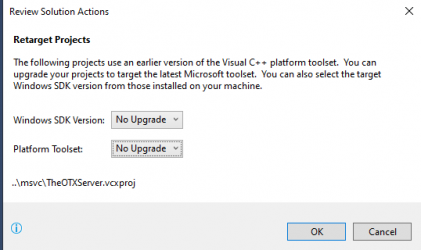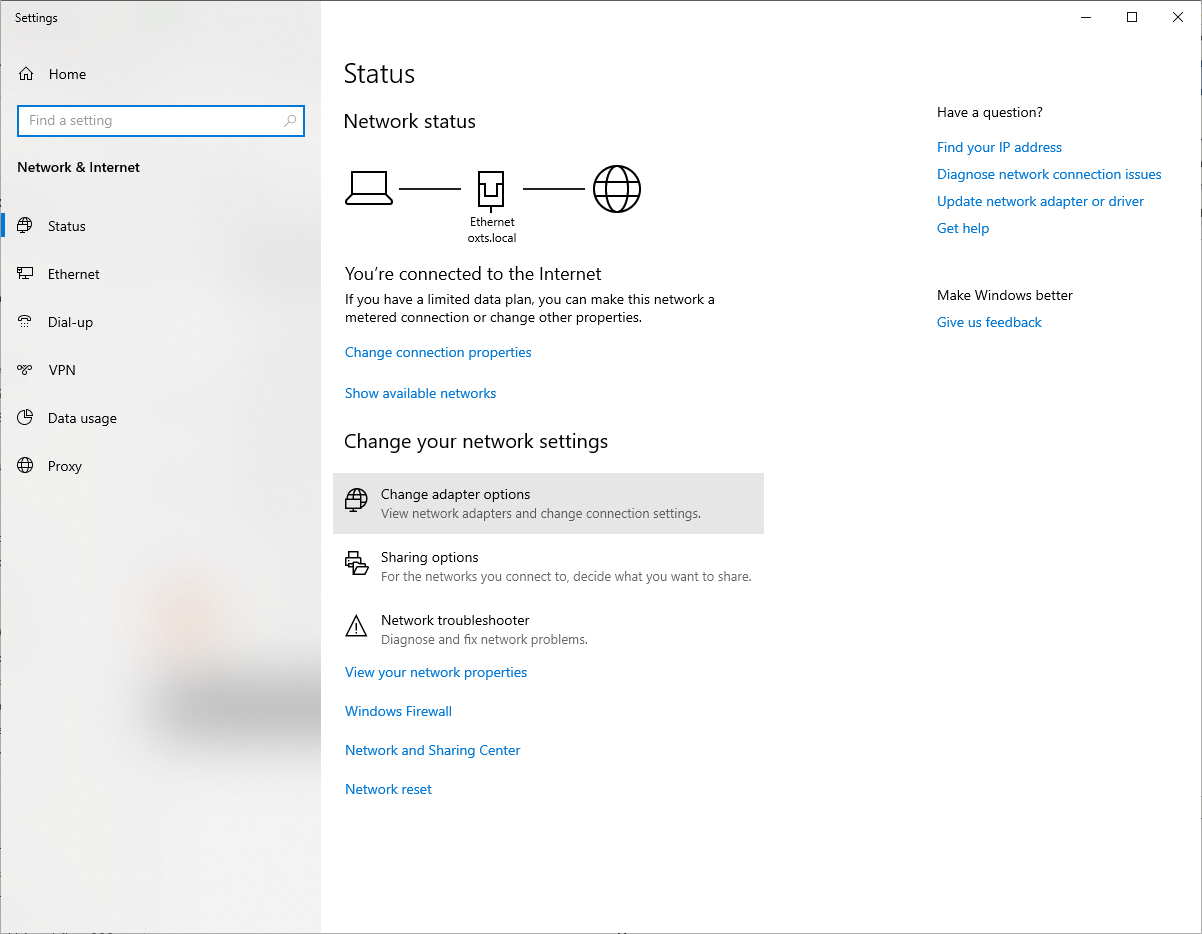

OTX SERVER HOW TO
It focuses on the description of how to create a Qt and QML based HMI for the external test equipment executing the OTX scripts. This paper starts with a brief introduction to the standardized components. The OTX runtime module uses the MVCI D-Server API, and the D-Server processes diagnostic data which is described in ODX. Diagnostic sequences are described in OTX and processed by an OTX runtime module. Numerous papers are dealing with the technology of external test equipment, (remote) diagnostics, troubleshooting, guided fault finding, predictive maintenance and the standardized components, such as UDS, MVCI, ODX, and OTX.

OTX SERVER VERIFICATION
Coping with the increasing complexity of these systems requires a new approach for external test equipment being deployed in the entire process chain: development with verification & validation for SOP, manufacturing/production, and after-sales service. Today’s road-vehicles (passenger cars, LDV, MDV and HD commercial vehicles), as well as non-road mobile machinery (NRMM), are equipped with E/E systems that consist of electronic control units, in-vehicle networks, sensors, actors, wiring, connectors, and some electrical and electrohydraulic components. The following automated operations can be included in playbooks and you can also use the annotations to access operations from FortiSOAR™ release 4.10.0 onwards:Ĭreate new pulse which contains a collection of IOCs targeted at a particular area.Qt and QML Based HMI Widgets and OTX Scripts for Diagnostic Test Equipment Specifies whether the SSL certificate for the server is to be verified or not. In FortiSOAR™, on the Connectors page, select the AlienVault-OTX connector and click Configure to configure the following parameters:Īddress of the AlienVault-OTX server to which you will connect and perform the automated operations.ĪPI key configured for your account to access the AlienVault-OTX server. To access the FortiSOAR™ UI, ensure that port 443 is open through the firewall for the FortiSOAR™ instance.įor the procedure to configure a connector, click here.You must have the URL of the AlienVault-OTX server to which you will connect and perform the automated operations and the API key to access that server.Prerequisites to configuring the connector
OTX SERVER INSTALL
Yum install cyops-connector-alienvault-otxįor the detailed procedure to install a connector, click here. Therefore, you must set up your FortiSOAR™ repository and use the yum command to install connectors: Add the AlienVault-OTX connector as a step in FortiSOAR™ playbooks and perform automated operations, such as retrieving details for an indicator, creating and retrieving details for a pulse, and running queries on the AlienVault-OTX server.Ĭompatibility with FortiSOAR™ Versions: 4.10.0 and laterĪll connectors provided by FortiSOAR™ are delivered using a FortiSOAR™ repository. This document provides information about the AlienVault-OTX connector, which facilitates automated interactions, with an AlienVault-OTX server using FortiSOAR™ playbooks. It contributes “pulses” and each pulse contains a collection of IOCs targeted at a particular area.

It is an open source of Indicators of Compromise (IOCs) supported by the community. AlienVault Open Threat Exchange (OTX) is among our most useful threat intelligence tools.


 0 kommentar(er)
0 kommentar(er)
